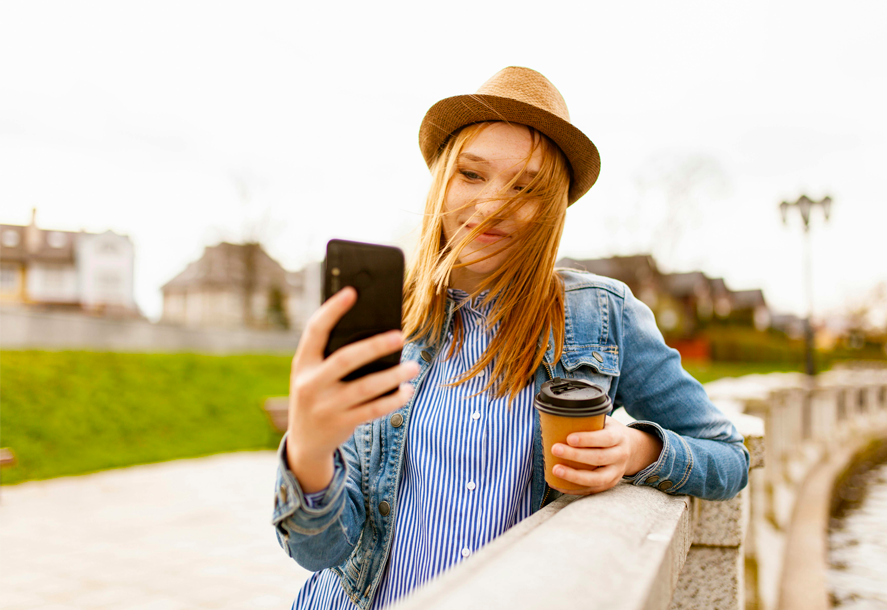By Marc Dellière, Medical Consultant & Trainer – Specialist in Stress, Prevention & Integrative Health
Digital social networks are no longer just a tool: they influence mental health across all age groups. As healthcare professionals, are we ready to support a generation of patients whose stress no longer stems solely from the real world, but also from the virtual, invisible, omnipresent world?
What science (and clinical practice) shows us
As healthcare providers, we are seeing the emergence of a new type of stress that is less visible and more diffuse: digital stress. Over the years, numerous studies have documented the close links between social media use, psychological distress, and impaired well-being.
Storme’s review (2021) provides a clear overview: digital networks are neither toxic nor neutral. Their impact depends on psychological profile, mode of use (passive or active), context, and degree of emotional regulation. Some people find connection there; others find isolation.
In recent years, research has focused on a phenomenon that is increasingly present in our consultations: the impact of digital social media on stress, anxiety, and depression.
- Among young women with problematic social media use, acute stress reinforces the compulsive urge to connect, with rapid and difficult-to-control emotional reactions.
- Among students confined during the pandemic, intensive use of more than 3 hours per day is correlated with increased levels of psychological distress (depression, anxiety, stress).
- Among young working people, problematic social media use, as measured by a high score on the BSMAS scale, is strongly linked to anxiety and depression, with women being particularly vulnerable.
Conversely, among older adults, it is real-life social networks, when they are close-knit, balanced, and emotionally supportive, that play a protective role against perceived stress.
It is the quality of relationships, perceived support, and trust, rather than the number of contacts, that mitigate the effects of stress. Stable, reliable, and positive human networks are key determinants of mental health.
When connections become mental burdens– What if our patients were no longer connecting to bond with others, but to temporarily relieve themselves of a discomfort they were unwittingly feeding?
- The student isolated during lockdown, the executive addicted to Instagram between meetings, the senior citizen cut off from loved ones but hyperconnected to impersonal threads: each person experiences a fragmented emotional experience, oscillating between connection and tension, immediacy and exhaustion.
- Compulsive scrolling, social comparison, and FOMO (fear of missing out) are no longer side effects: they have become the psychological daily life of millions of individuals. And for some, the digital connection has become an invisible chain.
- In consultation, these ailments take on familiar faces: sleep disorders, constant tension, psychological exhaustion, anxiety disorders, and decreased motivation.
How can we integrate this data into our practice?
Here are some concrete ideas:
- Students • Effect: use >3 hours/day → depression, anxiety
- Intervention: screen time education, support groups
- Young working adults • Effect: addiction → high stress (much more so in women)
- Intervention: assessment of relationship with social media, emotional regulation, digital hygiene
- Young women with problematic use • Effect: stress = trigger for compulsive use
- Intervention: mindfulness, self-hypnosis, early detection
- Older adults • Effect: balanced real-life social networks = protective factor
- Intervention: maintaining close ties, community support
Moving from awareness to clinical action:
- Seasonal Affective Disorder (SAD)
- Non-seasonal depression (adjunct or alternative therapy)
- Delayed sleep phase, chronic insomnia
- Fatigue from night shifts or rotating schedules
- Certain cognitive or psychiatric disorders (under ongoing evaluation)
Daylight and light therapy — to be prescribed generously
✔ Assess digital stress as a new vulnerability factor.
✔ Adapt our care based on age, usage profile, and quality of relationships.
✔ Offer healthy alternatives:
- Real and lasting social relationships
- Offline activities (creative, sporting, group activities)
- Digital self-regulation (mindfulness, self-hypnosis, supervised digital detox)
Ultimately, it may be a question of helping everyone regain their relational sovereignty. To put human connection back at the heart of mental balance. And to break those invisible chains that turn connection into tension, presence into dependence, and sociality into loneliness.
Scientific sources :
Social media and mental health in 2021. https://hal.science/hal-03911484/document
Digital social networks: sources of depression, anxiety, and jealousy?
Jahagirdar V, Sequeira LA, Kinattingal N, Roohi TF, Alshehri S, Shakeel F, Mehdi S. Assessment of the impact of social media addiction on psychosocial behaviour like depression, stress, and anxiety in working professionals. BMC Psychol. 2024 Jun 15;12(1):352. doi: 10.1186/s40359-024-01850-2.
Kessling A, Müller A, Wolf OT, Merz CJ, Brand M, Wegmann E. Effects of acute psychosocial stress on cue-reactivity, attentional bias and implicit associations in women with problematic social network use: An experimental study. Addiction. 2025 Jun 13. doi: 10.1111/add.70099.
Ellwardt L, Wittek RPM, Hawkley LC, Cacioppo JT. Social Network Characteristics and Their Associations With Stress in Older Adults: Closure and Balance in a Population-Based Sample. J Gerontol B Psychol Sci Soc Sci. 2020 Aug 13;75(7):1573-1584. doi: 10.1093/geronb/gbz035.

